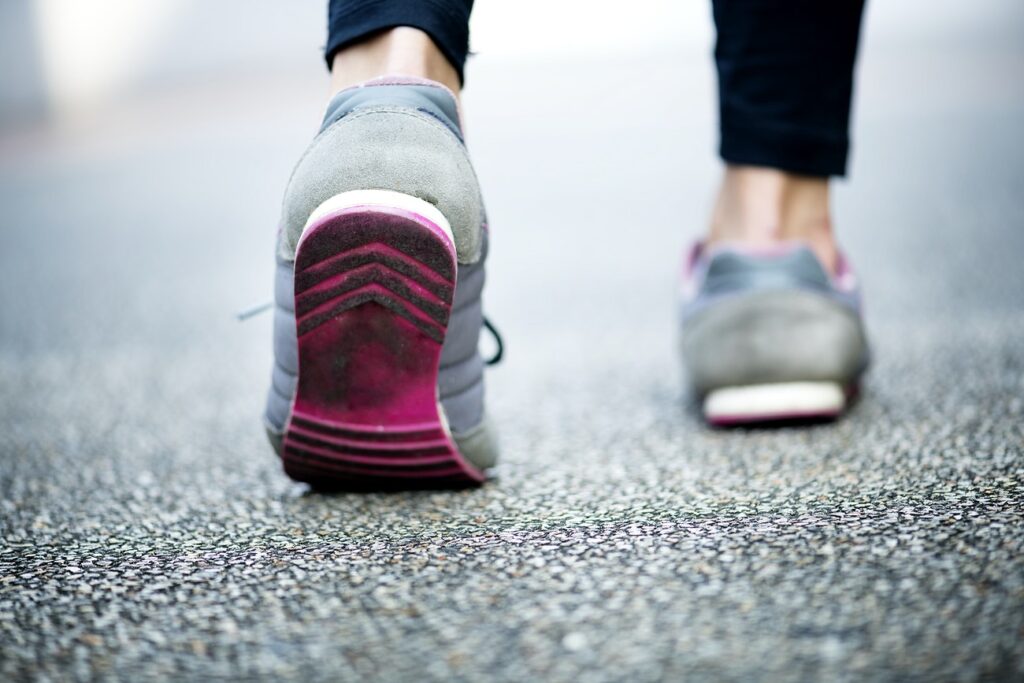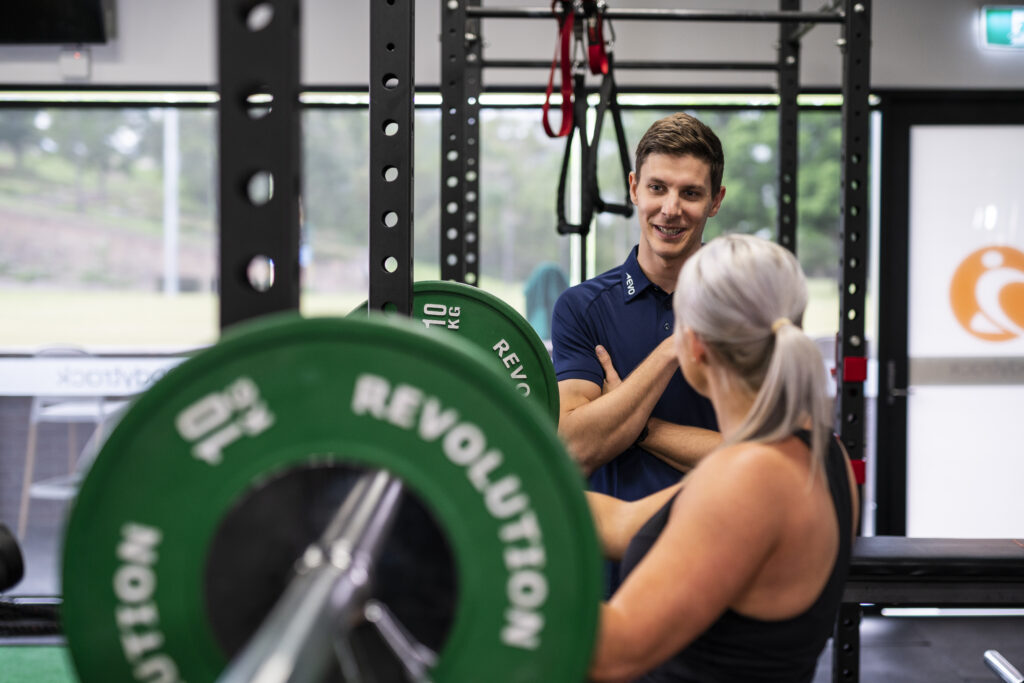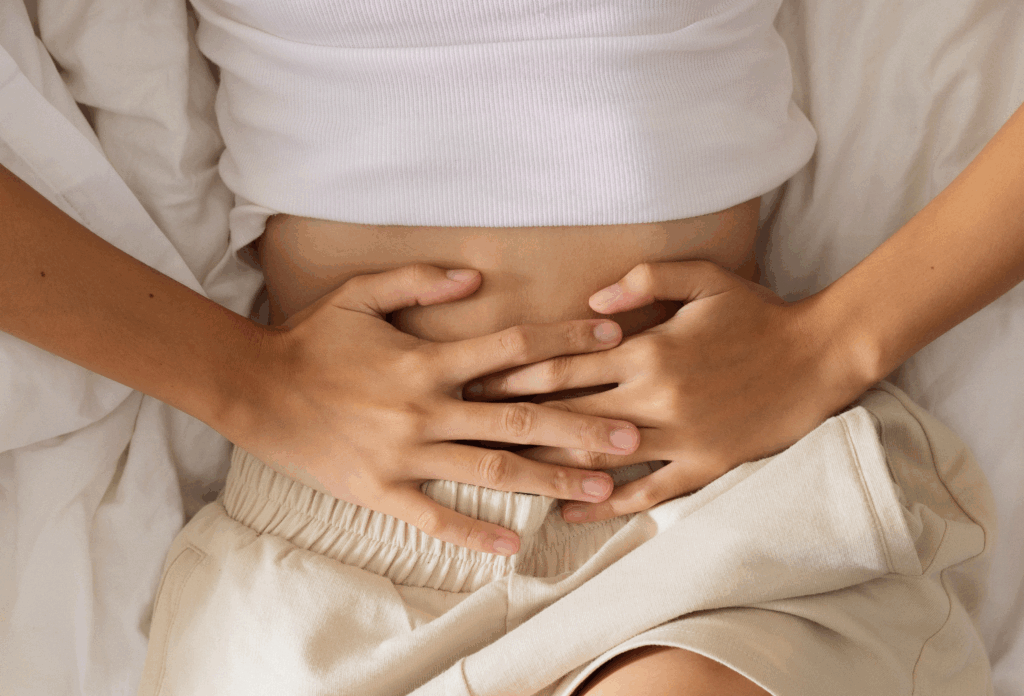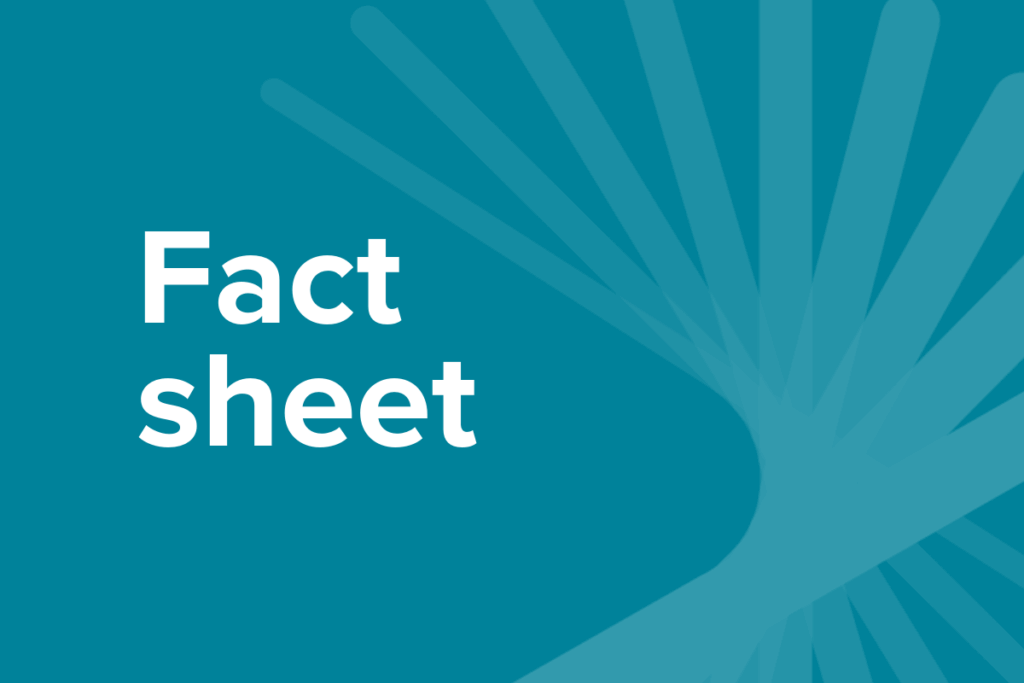Endometriosis
Home / Endometriosis

Symptoms and diagnosis
While endometriosis is fuelled by one of our hormones – oestrogen, there is currently no known cause for why this tissue growth forms outside of the uterus.
Unfortunately, with every menstrual cycle, scar tissue and adhesions can form through the associated hormone release.
You may experience a wide range of symptoms such as abdominal and pelvic pain, painful periods, inflammation, bloating and cramping. These symptoms can be effectively managed following diagnosis, but some people may experience long-term persistent pain, symptom recurrence and compromised fertility.
This condition is highly correlated with bladder, bowel, and sexual dysfunction. Laparoscopic surgery is currently the “gold-standard” of diagnosis and surgical management of endometriosis, however, there is currently no known cure.
How does exercise help with endometriosis?
- reducing inflammation in the body
- reducing oestrogen levels
- emotional wellbeing
- weight management
- energy levels, motivation and self-confidence
- reducing guarding postures around lower back and abdomen
- calming the nervous system
- fitness, muscle endurance and strength
- improved sleep quality and habits


What type of exercise is best for endometriosis?
Gentle aerobic exercise such as walking or swimming can be a great place to start as there is likely a lower chance of pain flare-up.
Yoga is a great low-impact option, as it includes diaphragmatic breathing combined with gentle movement and stretches to help relax muscles and calm the nervous system. There is also benefit from incorporating a graded and well-paced strengthening program focusing on the lower back and pelvis as deconditioning and fatigue are common.
If you have had surgery, you can usually start resistance training approximately six weeks after surgery once you have been medically cleared to return to activity.
How much exercise should I be doing?
To maintain health, individuals with endometriosis should aim for:
- 150 minutes per week of moderate intensity activity or 75 minutes of vigorous activity OR a combination.
- Include resistance training 2 times per week on non-consecutive days.
- Most importantly, pick an activity you enjoy!
It is best for you to avoid exercises that involve bracing or ‘bearing down’ on the abdominal wall, and higher impact exercises such as jumping or running, particularly when first commencing exercise.
If you find exercise is causing you pain or an increase in symptoms, seek advice from a suitably trained accredited exercise physiologist. It may be necessary to assess your pelvic floor muscles and learn strategies to relax them, as overactivity in these muscles can contribute to pelvic pain.

Find a professional
Talk to your GP or other treating specialist about an exercise program that suits your personal preferences and circumstances.
Alternatively, Accredited Exercise Physiologists, who are university-trained health professionals with expertise in the design and delivery of lifestyle interventions for people with chronic and complex conditions including endometriosis, will be able to create an individualised exercise program that suits your needs.
Frequently asked questions
What is an Accredited Exercise Physiologist (AEP)?
An Accredited Exercise Physiologist (AEP) is an allied health professional that prescribes individualised exercise therapy to help people manage their chronic conditions, disabilities, long-term injuries and so much more. They are the most qualified professionals in Australia when it comes to the prescription safe and effective of exercise therapy.
Who should see an AEP?
Anyone who wants to move safely and improve their health can benefit. From chronic conditions to injury recovery, or simply wanting advice on how to exercise right, an exercise physiologist is the expert to see.
Is an AEP covered by Medicare or private health insurance?
Yes. As allied health professionals, exercise physiology services are recognised in government health funding including Medicare, National Disability Insurance Scheme (NDIS) and Department of Veteran’s Affairs (DVA), workers’ compensation and private health insurers. It’s important that you check with your provider as coverage can vary.
Where can I find an AEP?
Use recognised directories like Exercise & Sports Science Australia (ESSA), ask your GP or look for allied health clinics with AEP credentials.
You may also like

Syncing Your Exercise Routine With Your Menstrual Cycle
This article was contributed and written by Accredited Exercise Scientist, and Accredited Exercise Physiologist, Rachel Bettinzoli. Exercise and the menstrual cycle Biologically, women are cyclical beings, whether they experience a regular period or not. Exercise is proven to be highly beneficial in supporting women with many aspects of their cycle including modulating stress responses, reducing […]

Benefits of Exercise for Endometriosis
This article was contributed and written by Accredited Exercise Physiologist, Chenaya Cooper. What is endometriosis (or ‘ENDO’)? Endometriosis is an oestrogen-fuelled, chronic inflammatory condition affecting women and those with uteruses. Approximately 1 in 7 women in Australia live with endo as of 2023. It is defined as endometrial-like tissue growing outside the uterine cavity. This […]

